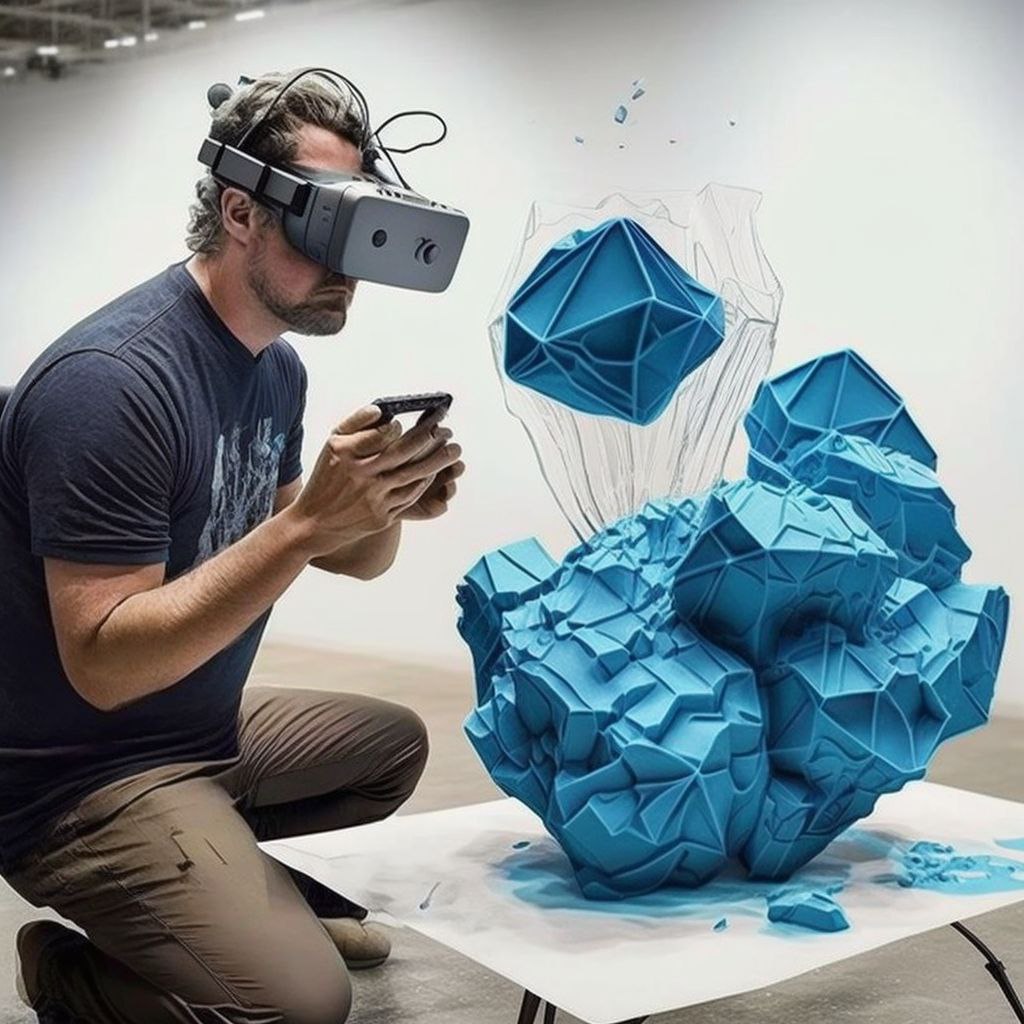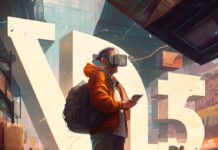Exploring the latest developments in technology that blends the physical and virtual worlds, and its potential applications in fields such as education, entertainment, and architecture.

Mixed reality is an emerging technology that combines elements of virtual reality (VR) and augmented reality (AR) to create immersive experiences that blend the physical and virtual worlds. Mixed reality is achieved using specialized hardware such as headsets, and it has potential applications in a variety of industries including education, entertainment, and architecture.
One of the key advantages of mixed reality is its ability to create immersive educational experiences. Mixed reality allows students to explore virtual worlds and interact with digital objects in a way that was previously impossible. For example, a mixed reality application could allow students to explore the human body in 3D, providing a much more immersive and engaging experience than traditional textbooks or videos. Mixed reality can also be used to create virtual classrooms that allow students from around the world to collaborate and learn together.
Mixed reality also has potential applications in entertainment, particularly in the gaming industry. Mixed reality games can create immersive experiences that go beyond what’s possible with traditional video games. For example, a mixed reality game could allow players to interact with virtual objects in a real-world environment, or to explore virtual worlds that are overlaid on top of the physical world.
In the architecture industry, mixed reality can be used to create immersive visualizations of building designs. This allows architects and builders to see how a building will look and function before it’s constructed, which can help identify potential problems and improve the design. Mixed reality can also be used to create virtual walkthroughs of buildings, allowing clients to explore the design in a much more immersive way than traditional 2D blueprints or computer models.
There are several different types of mixed reality, each with its own unique characteristics and potential applications. These include:
- Augmented reality (AR): AR involves overlaying digital content onto the real world. AR can be used for a variety of applications, including education, entertainment, and advertising.
- Virtual reality (VR): VR involves creating a completely immersive virtual environment. VR is often used in gaming and entertainment, but it also has potential applications in fields such as education and healthcare.
- Mixed reality (MR): MR involves blending the physical and virtual worlds to create immersive experiences that go beyond what’s possible with AR or VR alone. MR has potential applications in a wide variety of industries.
As mixed reality technology continues to evolve, it’s likely that we’ll see even more innovative applications and use cases emerge. Mixed reality has the potential to revolutionize how we learn, how we work, and how we experience entertainment, and it’s an exciting area of innovation to watch in the coming years.






